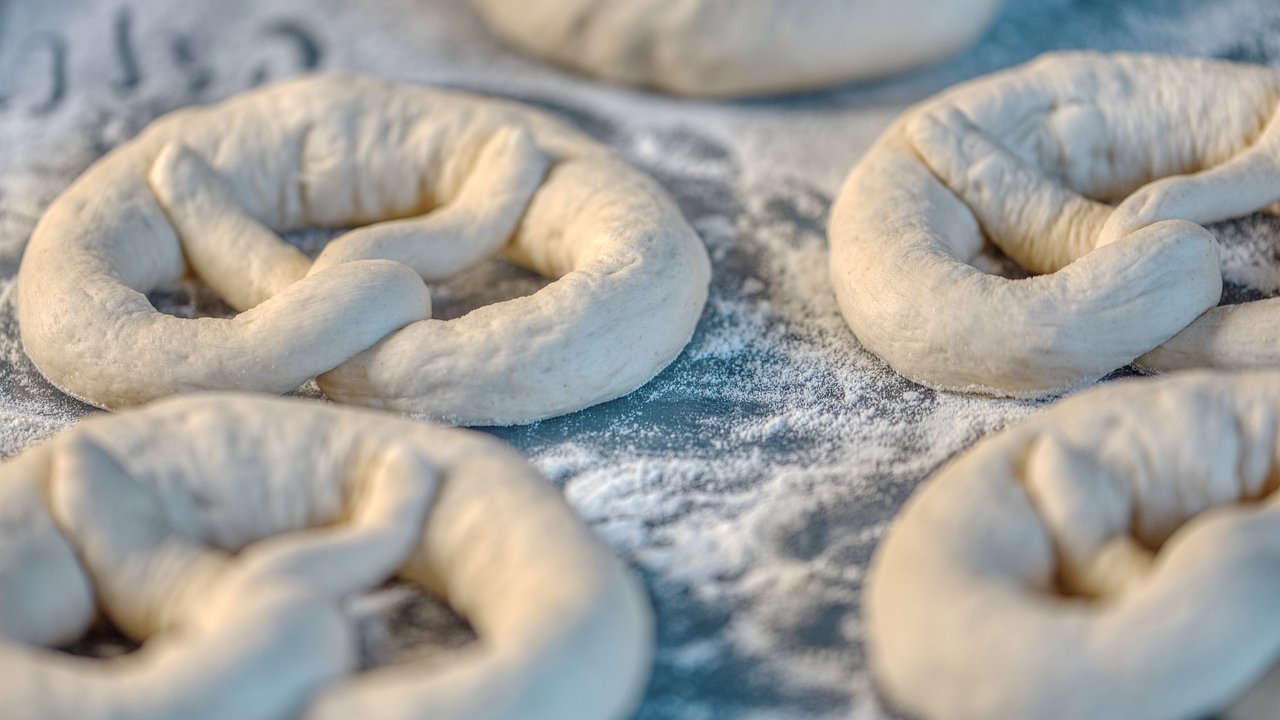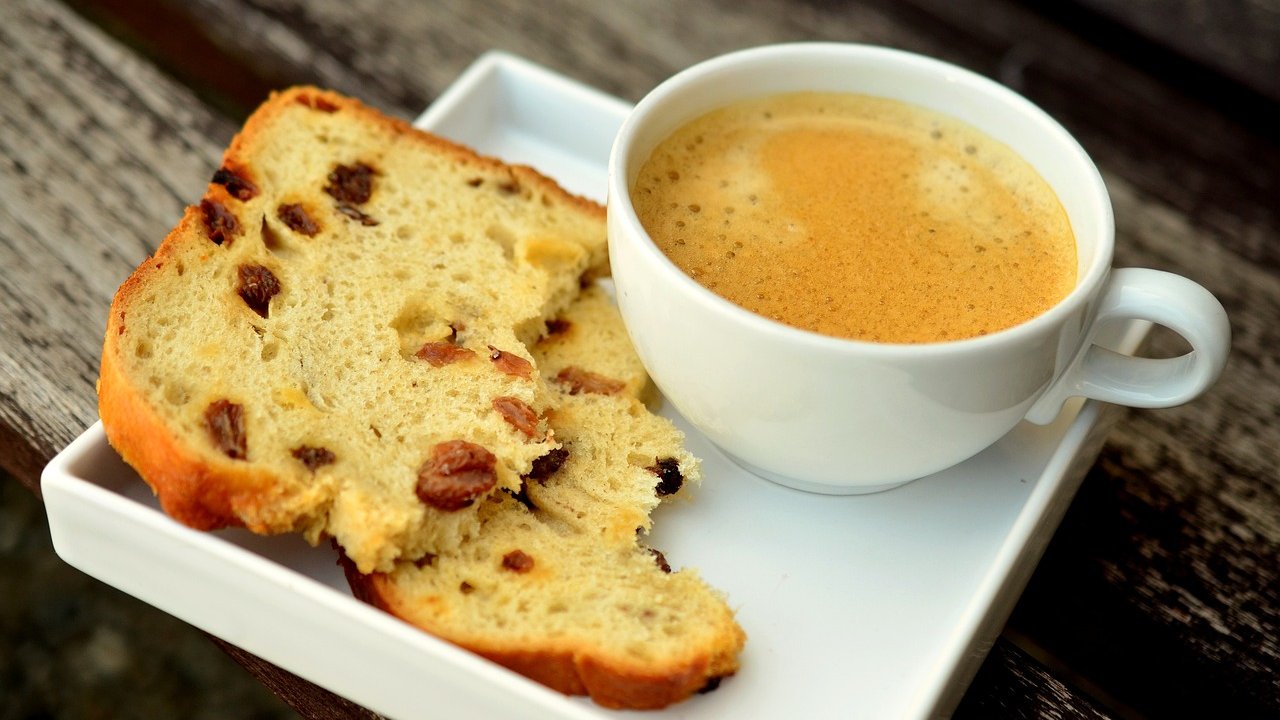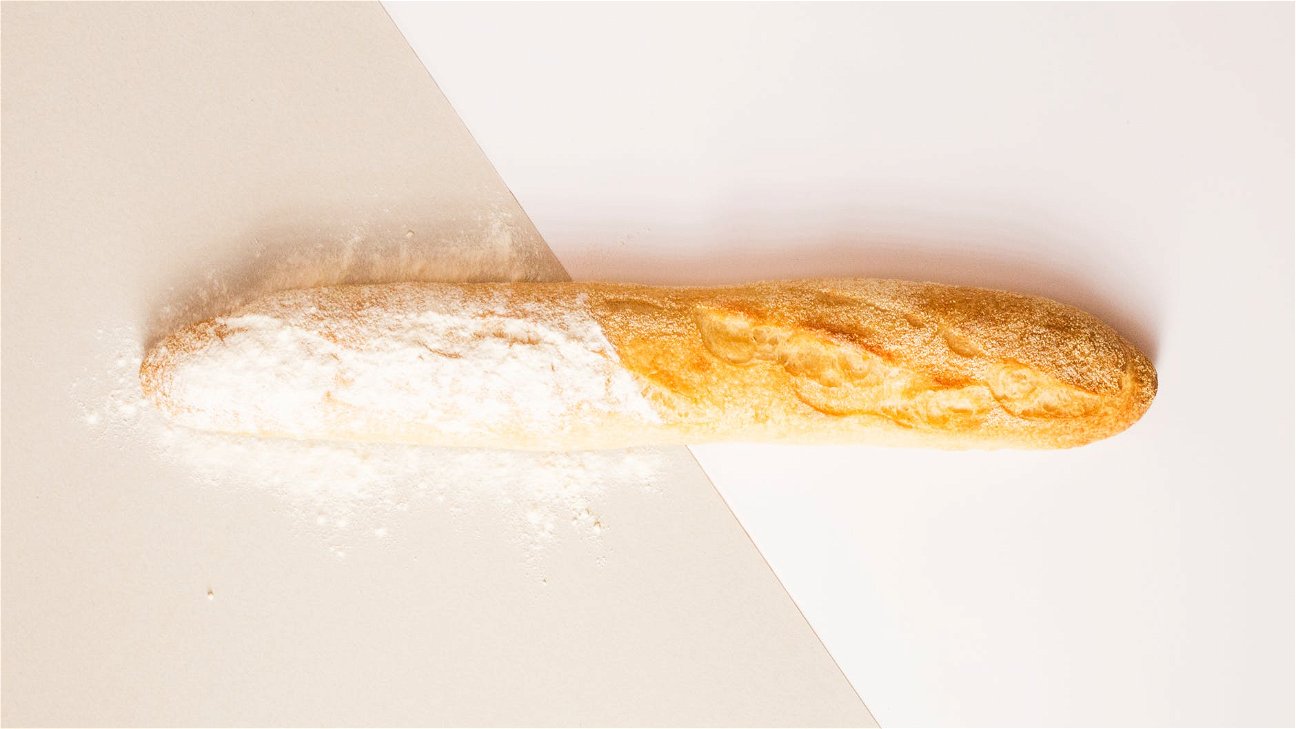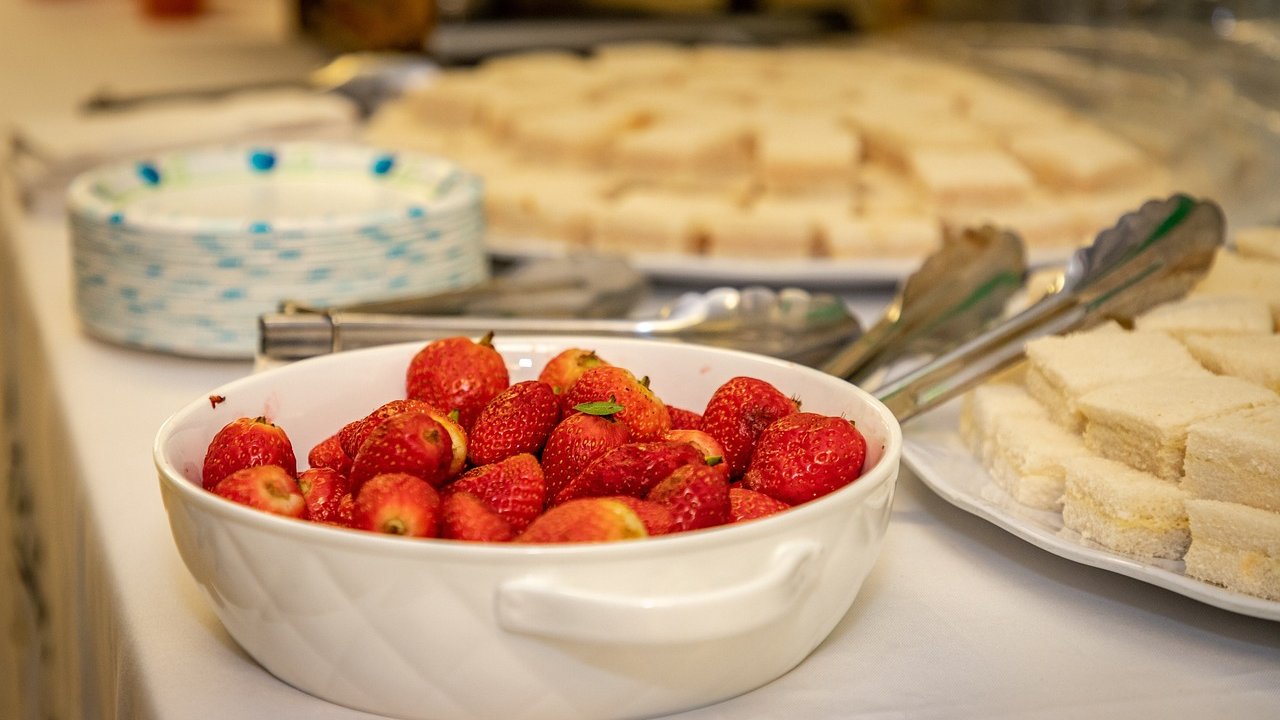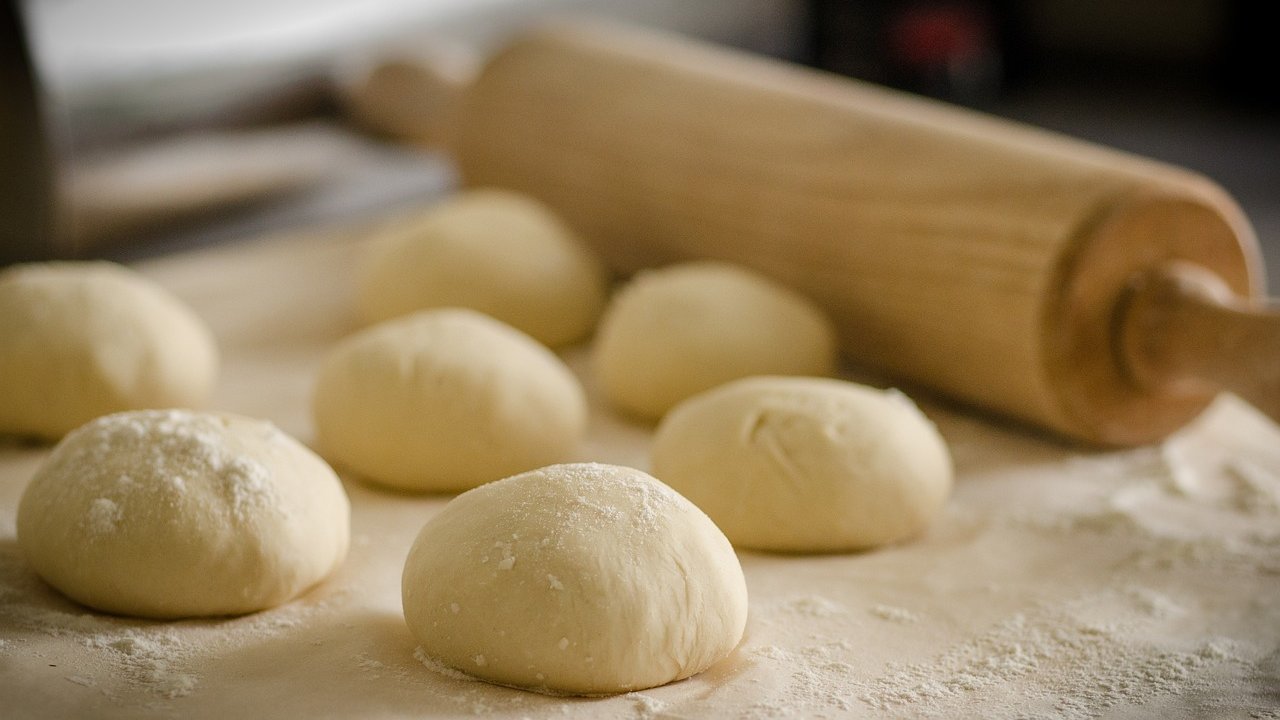
Baking is a science that goes beyond just mixing ingredients together. It involves understanding the role of each ingredient and how they interact with each other. Two such key elements in baking are aged doughs and starters. This piece delves into the intricacies of baking with these elements, their benefits, and how to use them effectively for optimal results.
What are aged doughs and starters?
Aged doughs are doughs that have been allowed to ferment for an extended period. The fermentation process allows for the development of complex flavors and textures in the baked goods. The aging process can take anywhere from a few hours to several days, depending on the type of bread and desired flavor profile.
Starters, on the other hand, are a mixture of flour and water that has been allowed to ferment and capture wild yeast and bacteria from the environment. Starters are used to leaven bread, contributing to the bread's flavor, texture, and shelf life.
Benefits of baking with aged doughs
Baking with aged doughs has several benefits:
- Enhanced flavor: The longer fermentation process allows for the development of complex flavors that you wouldn't get with a fresh dough.
- Improved texture: Aging the dough can result in a better crumb structure and a more chewy texture in the final product.
- Better crust: Aged doughs tend to produce a darker and more flavorful crust.
Using starters in baking
Starters have a crucial role in baking, especially in making sourdough bread. Here's how you can use starters effectively:
- Maintain the starter: A well-maintained starter is active and bubbling, ready to leaven your bread. Regular feeding (refreshing the starter with fresh flour and water) is essential.
- Understand the fermentation process: Starters work by fermenting the dough, which produces gas and gives the bread its rise. Controlling the fermentation process allows you to influence the flavor and texture of your bread.
- Create your own starter: Although you can buy starters, making your own provides an opportunity to capture local yeast and bacteria, giving your bread a unique flavor profile.
Making bread with aged dough
Making bread with aged dough involves the following steps:
- Preparing the dough: Mix the ingredients and knead the dough until it develops a smooth, elastic consistency.
- First fermentation: Let the dough rest and ferment for the desired period.
- Shaping: After the dough has fermented, it's time to shape it into the desired form.
- Second fermentation: Let the shaped dough rest and ferment again.
- Baking: Bake the dough at the correct temperature until it's golden brown and fully cooked.
Understanding the chemistry of aged doughs and starters
Baking with aged doughs and starters is all about understanding and controlling the fermentation process. It's the yeast and bacteria in the dough and the starter that are responsible for fermentation. They feed on the sugars in the flour, producing carbon dioxide gas (which makes the bread rise) and alcohol (which contributes to flavor).
Baking with aged doughs and starters is not just about following a recipe. It's about understanding the science behind the process and using that knowledge to create better baked goods. By mastering these techniques, you can elevate your baking skills to the next level.
